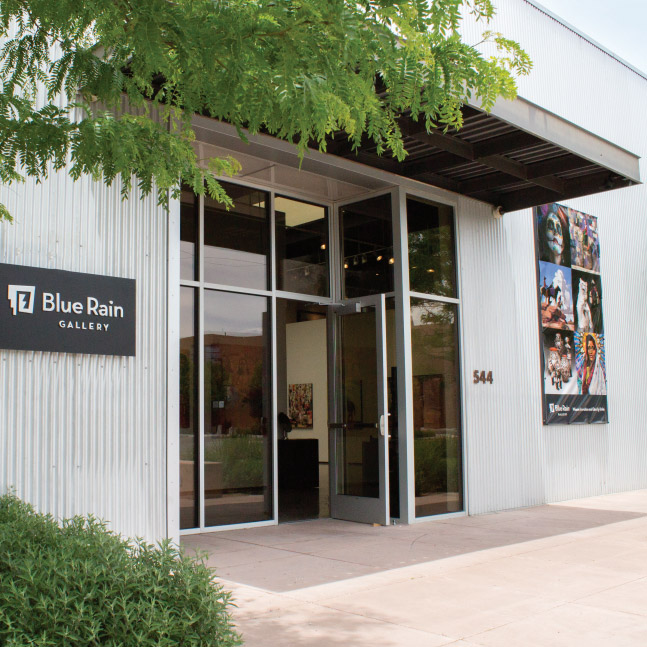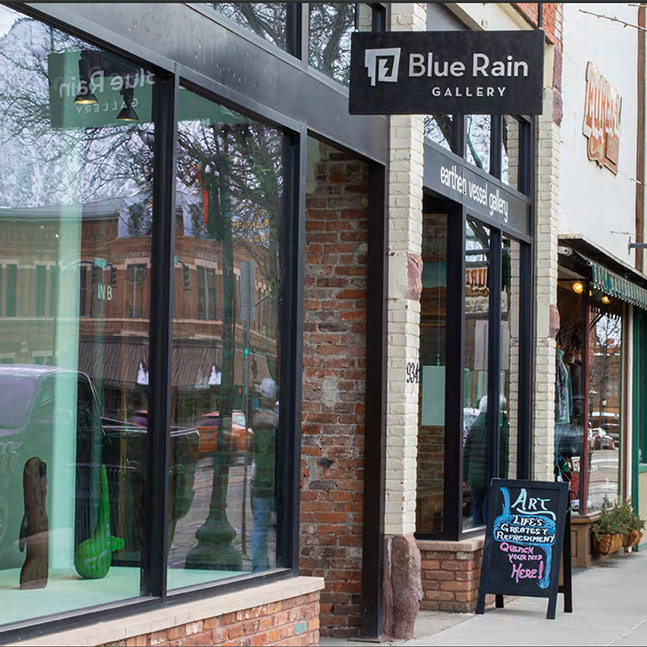Featured Artist: Allan Houser
About Allan Houser

Learn More About Allan Houser
Visit Blue Rain Gallery
SANTA FE

Located in the cultural hub of
Santa Fe, New Mexico
544 South Guadalupe Street
Santa Fe, New Mexico 87501
(505) 954-9902
HOURS
Monday — Friday: 10 am — 6 pm
Saturday: 9 am — 5 pm
Closed Sundays
Winter Hours (November - March)
Monday — Saturday: 9 am — 5 pm
Last Friday of the month: 10 am — 7 pm
DURANGO

Located in the beautiful mountain
region of Durango, Colorado
934 Main Avenue, Unit B
Durango, Colorado 81301
(970) 232-2033
HOURS
Tuesday — Saturday: 10am — 6pm
Closed Sundays and Mondays












